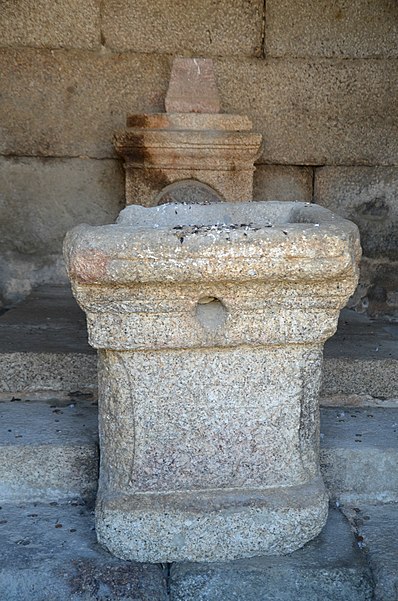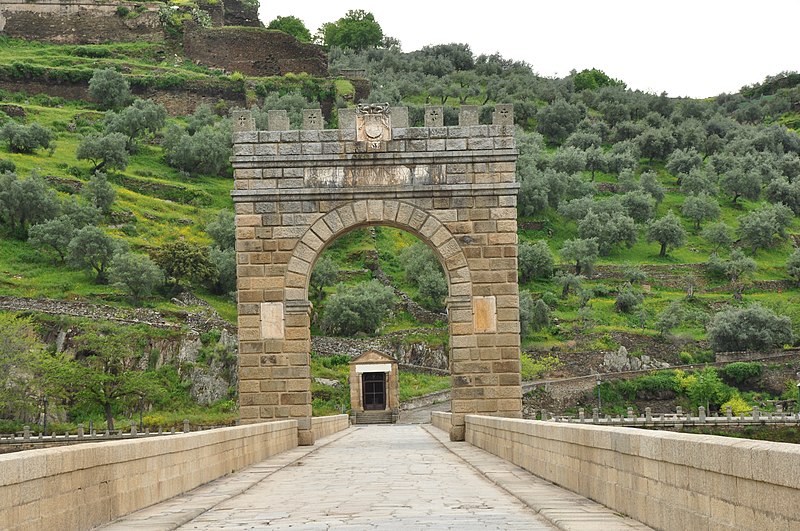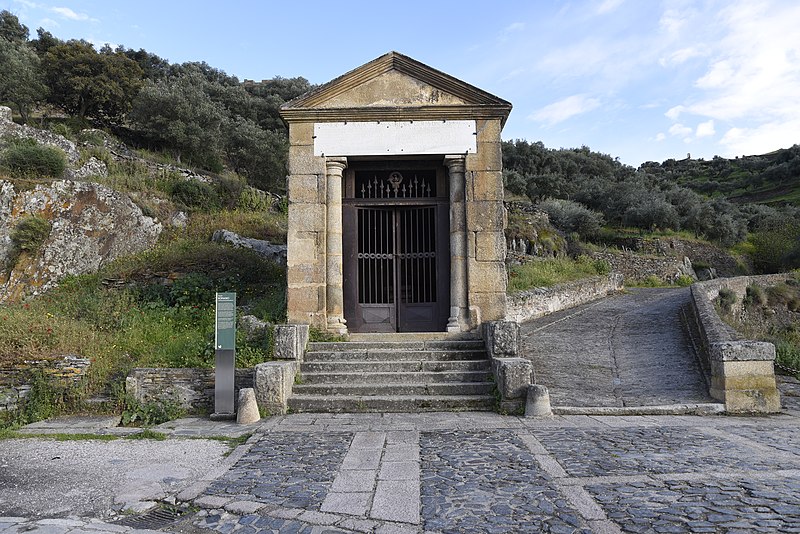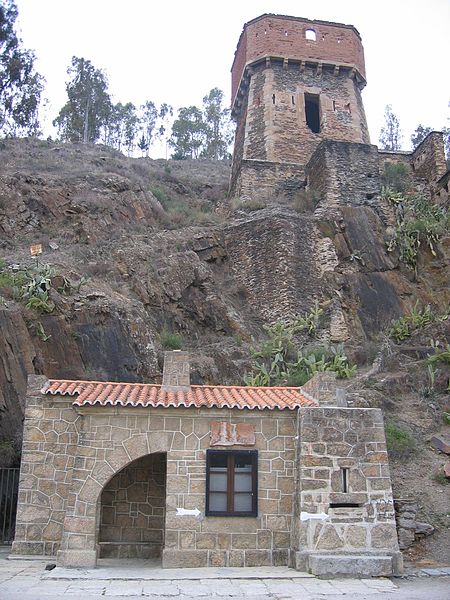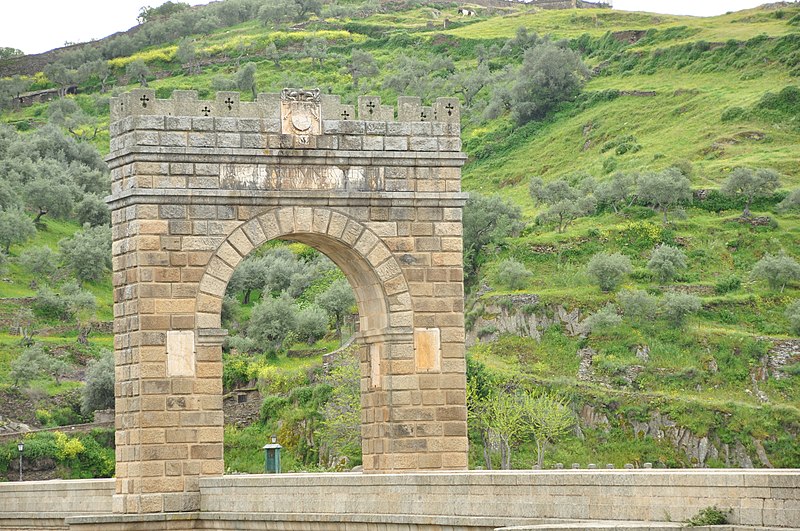Alcántara Bridge
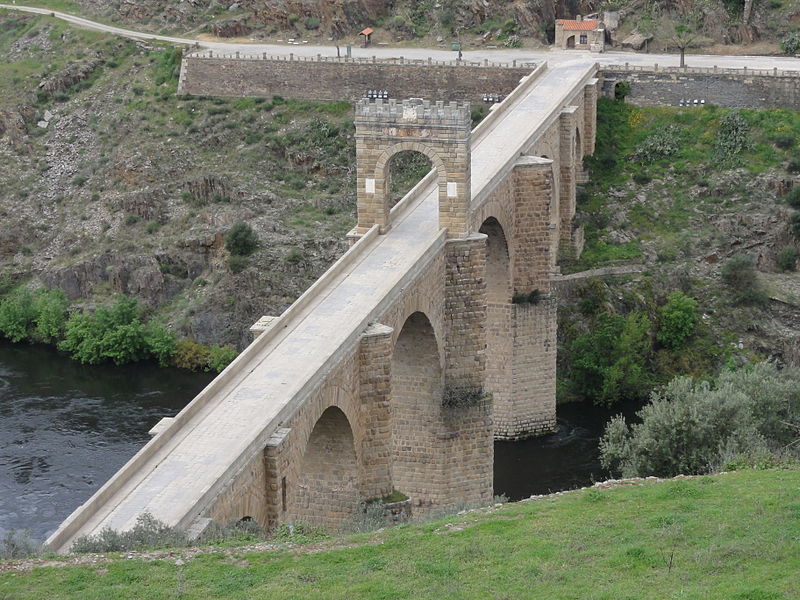
Facts and practical information
Spanning the serene waters of the Tagus River in the western reaches of Spain lies the venerable Alcántara Bridge. This ancient Roman bridge, a testament to the engineering prowess of a bygone era, has stood the test of time since its completion in 106 AD under the order of Emperor Trajan. The bridge's robust construction and historical significance make it an essential destination for visitors interested in the Roman legacy in Spain.
Constructed from opus caementicium and granite, the Alcántara Bridge measures approximately 194 meters in length and features six graceful arches that harmoniously blend with the natural landscape. The bridge's design is not only practical but also aesthetically pleasing, with a triumphal arch at the center that commemorates its Roman origins and the architect, Caius Julius Lacer.
Despite the challenges of time, the Alcántara Bridge has largely preserved its original form, with only minor restorations throughout the centuries to maintain its integrity. Its durability is a testament to the advanced engineering techniques of the Romans, who built the bridge to facilitate trade and military movements across the expansive empire.
Today, the Alcántara Bridge is more than just a functional crossing; it's an enduring symbol of the Roman influence on Spanish culture and architecture. It is revered not only for its historical value but also for the panoramic views it offers of the surrounding countryside. Visitors to the site are often struck by the sense of continuity and connection to the past that the bridge embodies.
Alcántara Bridge – popular in the area (distance from the attraction)
Nearby attractions include: Roman temple of Alcántara, San Benito de Alcántara.


